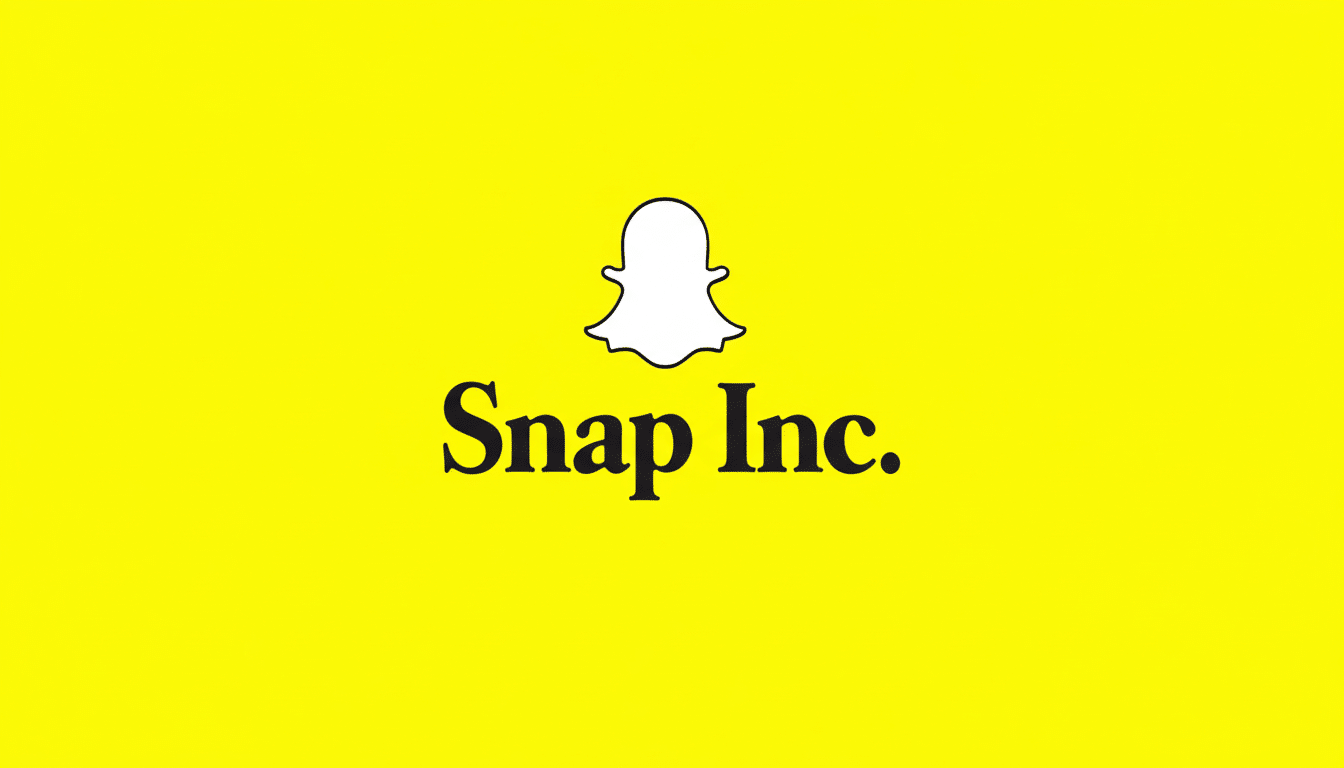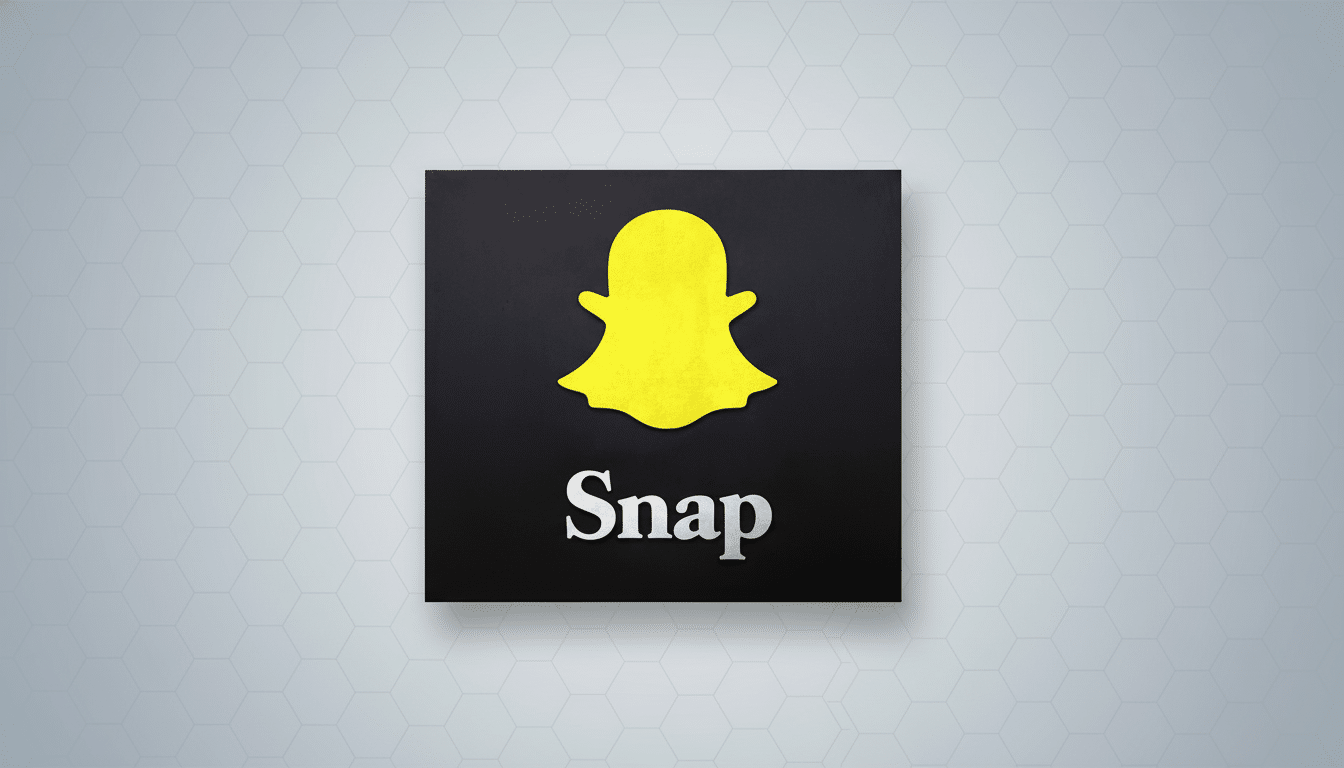Snap is borrowing a page from early-stage playbooks and slicing up the company into small teams of 10 to 15 in an attempt to move more nimbly as its core advertising business stumbles. With an annual letter to employees and investors, CEO Evan Spiegel framed the change as a return to entrepreneurial roots, intending to cut decision cycles shorter and bring product owners closer to users and revenue.
The urgency is clear. Advertising growth in the second quarter slowed to just 4 percent, down heavily from the breakneck pace at which social platforms like Twitter grew earlier in the decade. Daily active users in North America fell 2% to 98 million, a crucial weakness in Snap’s most important market, while engagement around the world remains robust. Snap, which has about 5,000 employees and large rivals to contend with in snapping up ad dollars, is counting on small, nimble, accountable teams to put momentum back in Snapchat’s corner.

Why join forces now?
Squads are Snap’s reply to bureaucracy: There are fewer handoffs, less time spent in committees and tighter ownership of objectives that align closely with revenue and retention. The model is reminiscent of Amazon’s “two-pizza teams” and Spotify’s squads — structures that are linked with more rapid iteration and more clearly defined responsibility. For Snap, the goal is to release new features to the wild faster — and then either double down or pull the plug on them before they have soaked up resources.
The promotional environment is also changing. Privacy updates have reshuffled targeting and measurement across mobile, performance budgets have shifted toward platforms with better attribution, and competition for short-form video has heightened. Research firms like Insider Intelligence still expect social ad spending to grow, but that growth is increasingly focused where return on ad spend is easiest to prove. In that light, the lean, metric-driven build culture isn’t so much a matter of operational hygiene as it is existential survival.
How squads might change the product roadmap
Anticipate squads to coalesce not around themed rooms but around revenue-critical surfaces: Spotlight and Stories monetization, messaging integrity and growth, creator tools and performance ad products. A squad devoted to ads relevance, for instance, could be assessed by conversion lift and cost per action; a creator monetization squad could be assessed by retention of top publishers and share of time spent watching premium content. The key is clear, visible progress, rather than obscure OKRs.
This design also fits Snap’s culture of experimentation. Features like Lenses, Map layers, and My AI can be developed and iterated on with clear guardrails: ship, measure, prune. If Snap matches teams with shared platforms — ads delivery, ranking services, safety and trust — squads can battle for the endgame without rebuilding the plumbing.
Leaning into direct revenue and AR bets
One bright spot during the ad slowdown is direct revenue. Snapchat+ now has over 15 million paying subscribers and more than $700 million in annual recurring revenue, according to the company. That’s a meaningful, high-margin buffer that diversifies the top line and provides a clearer feedback loop: build enough features that subscribers will pay for, and retention will affirm the roadmap. At not much more than $4 per month, the math indicates that churn and lifetime value for a consumer subscription at scale are already in a competitive zone.

Hardware remains the longer-term swing. Snap is betting on the future of Spectacles — low-powered augmented reality glasses that the company’s chief executive, Evan Spiegel, has called a step toward “human-centered” computing. It’s a vision being pushed by peers, too: While Meta’s camera-forward Ray-Ban line and Google’s rekindled interest in eyewear portend a baby of a category in motion. But wearables are merciless when it comes to battery, optics and a developer ecosystem. Squads might be useful here to isolate risks — one team for on-device vision, another for interaction models, a third for creator tools — so those challenges can march forward in parallel.
What this means for advertisers and creators
Advertisers can expect to see increased cadence around performance features — such as enhanced postbacks and measurement, more durable targeting signals and a more usable approach to formats that launch across Stories, Spotlight and camera entry points. If squads are really free, you can bet on market-facing experiments that you could never get past procurement before —smaller betas, faster iteration, and more coherent documentation for buyers.
Creators would appreciate more attention to detail around revenue share and subscriber perks in relation to Snapchat+.
A team dedicated to premium content could, for example, package early access, or AR effects available only to paying fans, giving creators a second monetization lane, on top of ads. The bigger aim is like a flywheel: Creators power time spent, squads turn that attention into higher-yield formats and measurable advertiser results tug budgets back to Snap.
Valuing It, the Risks and the Execution Bar
Spiegel has also made the case that today’s valuation a little north of $12 billion bakes in skepticism yet still allows for “startup-style” upside if the new model works out. The market will need proof in three places: stabilization in North America engagement, a clear uptick in ad efficiency metrics, and durable subscription retention. Analysts also have warned about fragmentation; teams outperform only when there is strong shared infrastructure and crisp prioritization is imposed by leadership.
Snap has re-invented itself in the past, including evolving from ephemerality to camera-first AR at scale. The squad approach is the bet that its next breakthrough calls for less layering, faster shipping and sharper incentives. And if it delivers, the company won’t merely look more like a collection of startups — it may begin to grow like one again.

